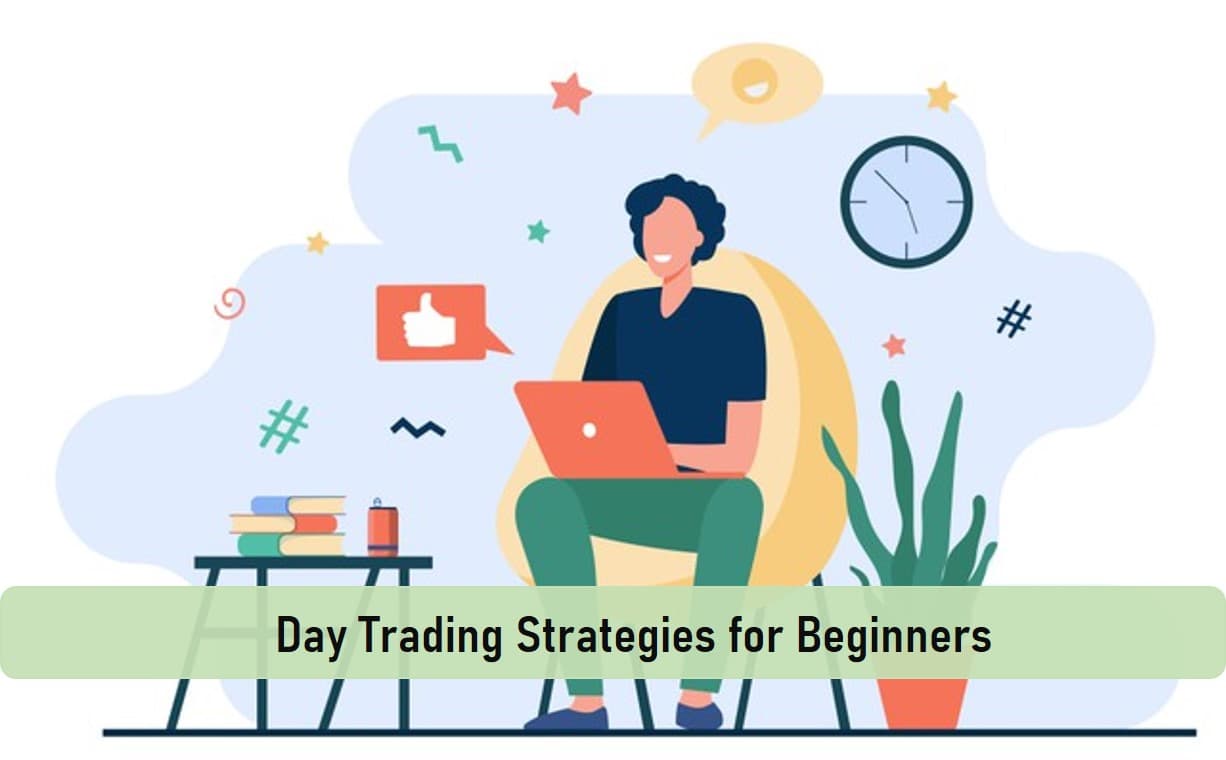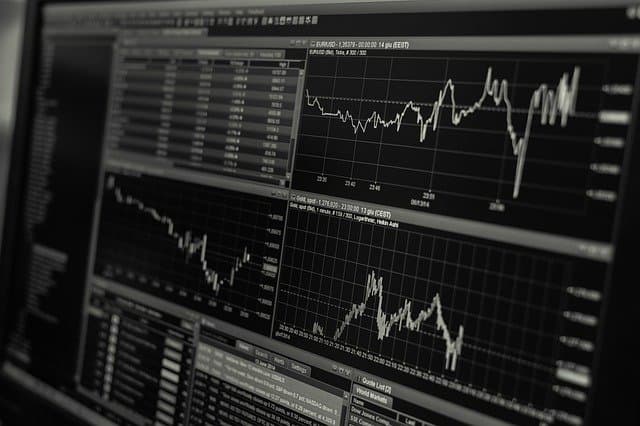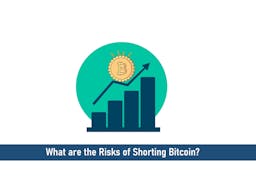
Logically, day trading sounds exciting and workable for anyone venturing into forex trading. Day trading is synonymous with daily profit-taking; however, forex trading is not a “Get Rich Quick Scheme”. Before examining the day trading strategies for beginners, let’s consider what day trading means.
What Is Day Trading?

Day trading is actively opening a trading position or entering a trade with the view of making profit in bits before the end of the day or set trading hours.
Day traders actively make a lucrative career trading this way so long they know what they are doing. The closing position of a currency pair are analyzed for likely support and resistance in the trade for the new day.
A day trader analyzes his preferred currency pairs, read hourly, daily and weekly charts to determine his entry price while monitoring market news for external market influences (fundamental analysis).
Day trading can be profitable if done well. Taking profit in small bits is what day trading entails.
Day Trading Psychology
A day trader is prone to make trading losses. As the market reacts to demand and supply pulls, economic news from all over the world at different times and zone, one cannot accurately predict the direction of the market.
From market trends, one can make a fair prediction of the likely direction of the market.
A day trader can incur losses in line with some of these reasons:
- Misinterpreting a currency’s support and resistance level
- Entering and exiting a trade too early or late.
- Failing to set a stop loss in a highly volatile trade.
- Not discerning when to stop trading for the day.
- Hurriedly trying to trade back an account to cover previous losses.
Succeeding as a day trader requires a high level of discipline and sound risk management. Most of the time, day traders try to avenge the market over losses they’ve made and thereafter blowing up their trading balances. In my opinion, a day trader psychology should be:
- knowing when to and when not to trade.
- Discipline in reading and analyzing charts before every trade irrespective of historical currency behaviors – technical analysis.
- Apply minimal leverage during trades.
- Target best trading hours in line with market session.
- Set a stop loss in case the market going south.
- Accepting that Forex trading is not a get rich quick scheme.
What Are the Best Day Trading Strategies for Beginners?
Day traders adopt or use a combination of these strategies:
Scalp trading
The psychology behind scalping is that smaller profits in points make up a pool of profit. A day trader must learn to recognize sharp price upticks and take quick action.
Momentum trading
This applies more to stocks. A trader moves in on a stock trending upwards due to a news update on for example, a company’s earning, dividend etc.
The trader sets a stop loss as protection if the company’s declaration is not strong enough as anticipated to sustain the upward trend. Momentum trading is prevalent with smaller stocks having low outstanding number of shares.

Pull-back or Range trading
As currency prices trend upward or downwards depending on the trader’s position in the curve, either to buy or sell, there is usually a “pull back” in prices before the currency takes a major leap. Technical analysis done properly spots the opportunity, sometimes it doesn’t.
Breakout trading
When prices rise above former resistance level or falls below former support level, a breakout trade can be exploited. Breakout trading is not so easy to see in charts. In some cases, the price will rise after hitting a support level.
Depending on the side of the curve, buying or selling after a price breakout is the very opportunity traders look for.
News centric trading
This is “trading the news”. For instance, a major plunge in oil prices will cause traders to wait for the lower dollar prices to place trades. Traders take advantage of major economic pronouncements in line other trading strategies.
Day Trading and Risk Management
Day trading has its risks, losses in trading are inevitable but can be minimized. What differentiates a trader who makes small size profits of $ 20 – $50 a day yet preserves his capital of $5000?
Compare this with another day trader who applies a high leverage on his $1000 in order to make $100 a day. These goals are achievable and some day traders are actually hitting and possibly surpassing it.
But the question is, at what cost to your capital? The chances that the trader with a $1000 account, yet trading with a high leverage to make $100 a day has higher chances of blowing up his account in the shortest possible time.
A day trader should differentiate ambition and reality in other to stay mid-long term in forex trading.

Conclusion
Day trading is lucrative and a way to take home earnings daily. Earning a comfortable living is achievable with day trading currencies. Getting the right information and trading tools is the key to success as a trader.
Image credit: People vector created by pch.vector – www.freepik.com
Read More




